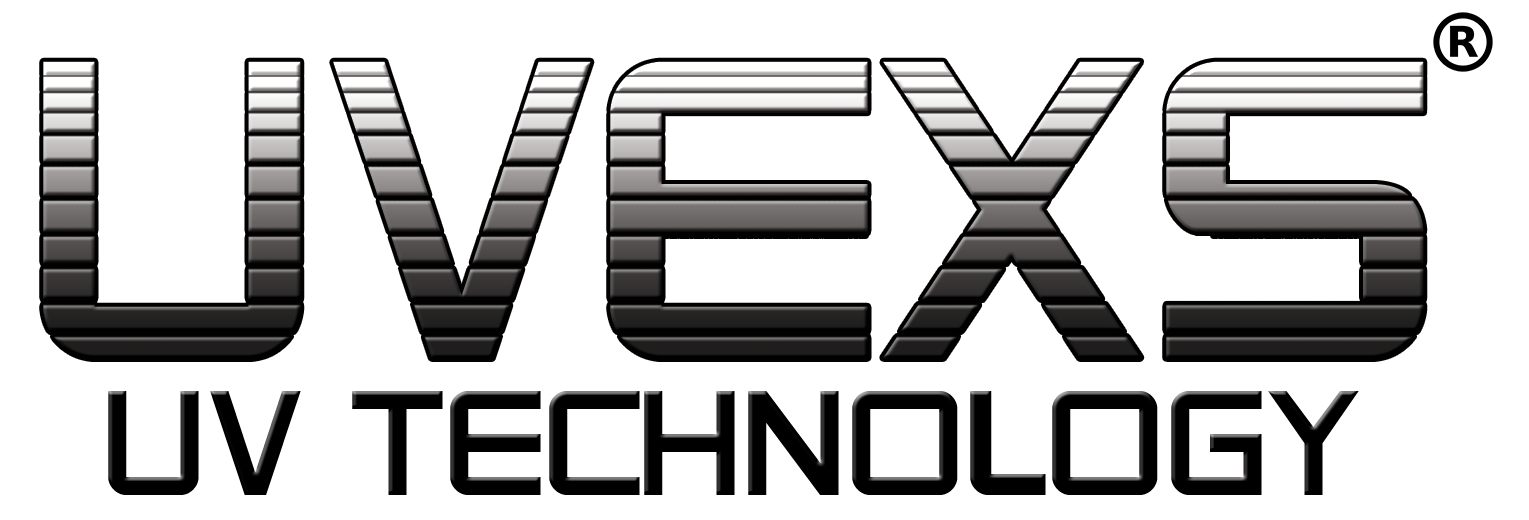Components
Pad Print Ink
Pad Print Ink
UVEXS pad printing inks were designed and developed by our chemists to satisfy a variety of substrate requirements, color standards, abrasion and solvent resistance standards. Pad inks are picked up in a cliché with a silicone pad, then released on a substrate. The UV cure then ocures in seconds producing the desired graphics on 3d shaped substrates. Each ink group is based on adherence to the substrate to which it will bond. Ink parameters vary, but hardness, gloss (or matte), scratch resistance and chemical resistance were part of each ink design. Air-cure, 1 and 2 part epoxies are also available from our Ramp group.
UVEXS pad printing inks readily print from most commercial pad printers using soft silicone pads and cliches with depth range from 15 to 30 microns. Once printed, UV curing is quick and reliable yielding solvent, abrasion and impact resistance. CYMK at 300 dpi has be complished with some systems giving detailed artwork.
UVEXS pad printing inks and adhesives are manufactured to high standards at UVEXS. We formulate, mix, mill pigments and assure consistence testing, to our customer requirements. With over 40 years of history, each batch has QA and QC making each batch consistant and assured.
Efficient mixing and milling operations assure formulas are accurately prepared and allow for pigments or dyes to be added for coloration. Color management is controlled using high quality color products and checking with both metering devices such as colorimeters and inspecting by people with good color eye. With these tools, custom color matches to specific customer needs is easily accomplished.
Uvexs pad printing inks are manufactured to high standards. By taking care in mixing, milling and testing, ink consistency and quality are assured. Each ink batch is thoroughly checked for cure and quality.
Contact Uvexs to discuss your pad print ink requirements.
Adhesives
Adhesives
UV curable adhesives are formulated using any of several backbones: acrylic, epoxy or urethanes, urethanes being used most often. Key characteristics include the ability to bond to a specific substrate (such as polycarbonate), followed by pull strength, flexibility, color change and many more parameters. These parameters make for a wide selection of adhesives to satisfy many structural bonding applications. In addition, additives may be blended in for specific applications. For example, by adding fluorescent dye, bonds can be examined under a black light for quality control purposes.
Adhesives are normally packaged in 30cc and 6 oz container. Gallon and 5 gallon containers are also available for ease of dispensing in automated mechanical dispensing systems.
Examples:
661B Peelable solder mask goes on thick, cures quickly, tolerates the heat of solder flow, then peels off easily and cleanly.
